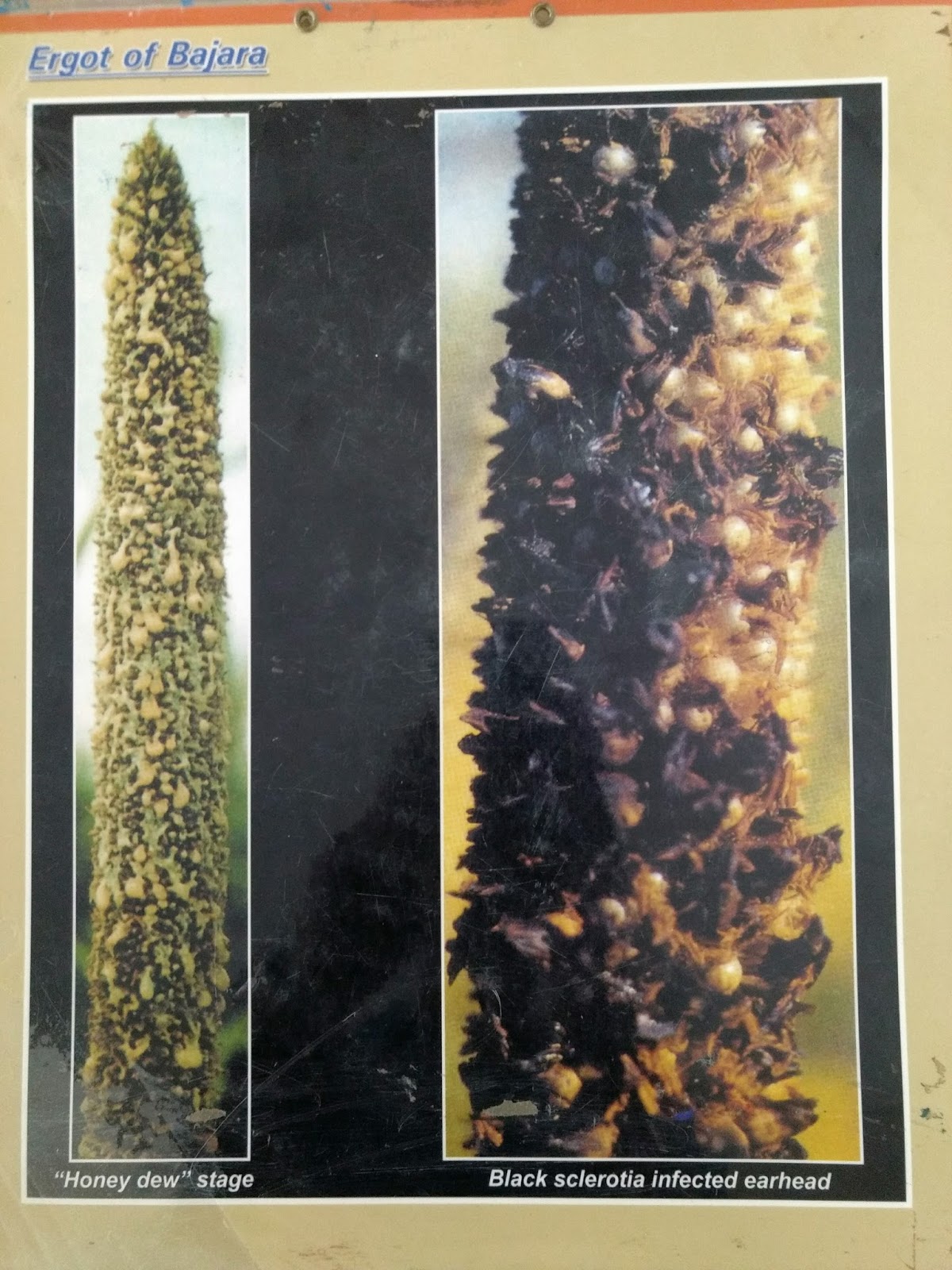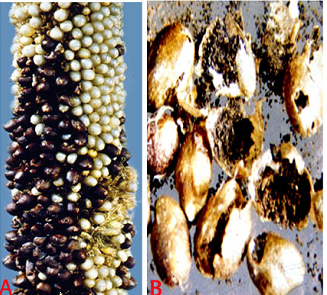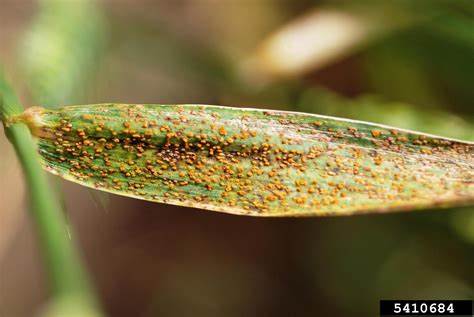
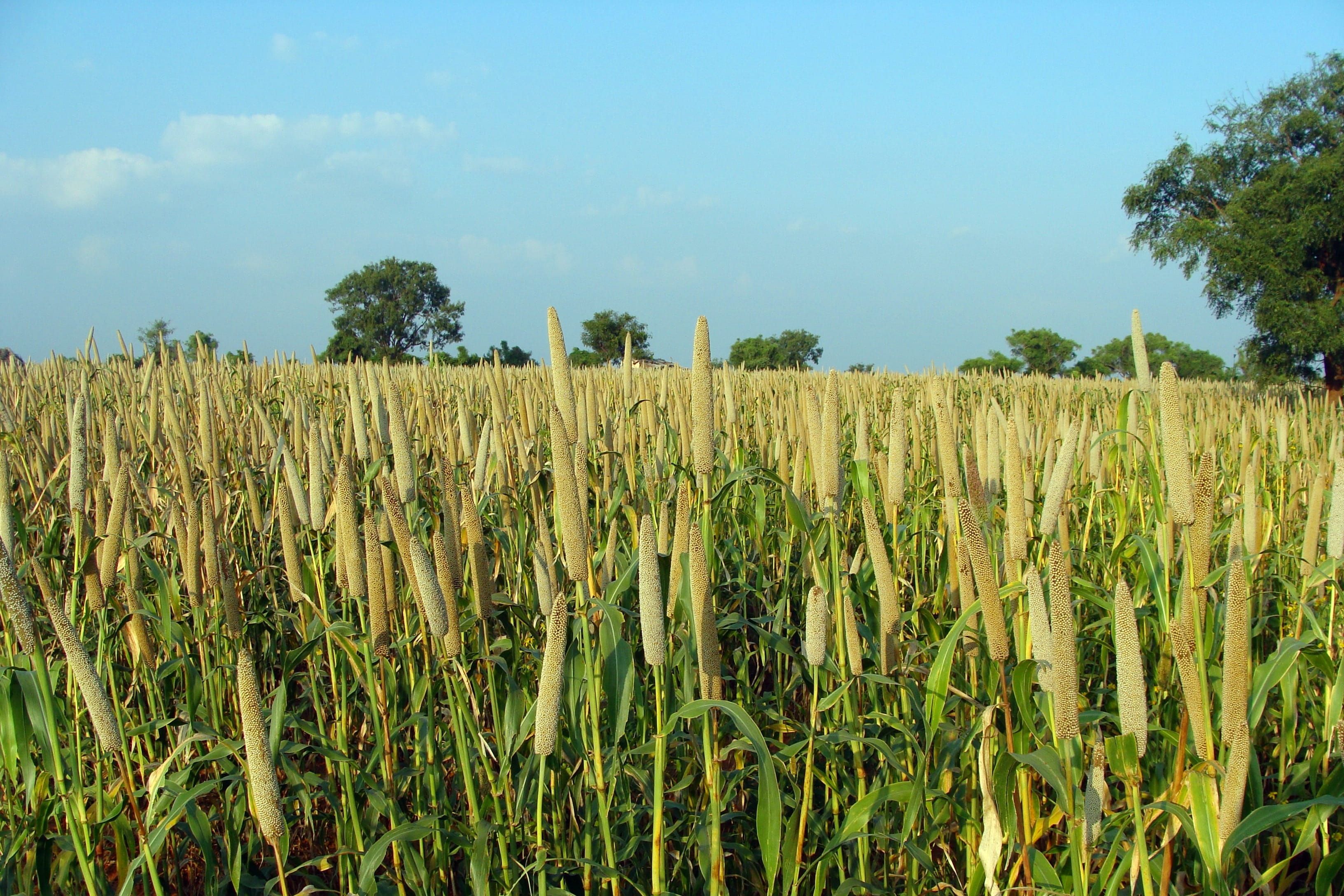
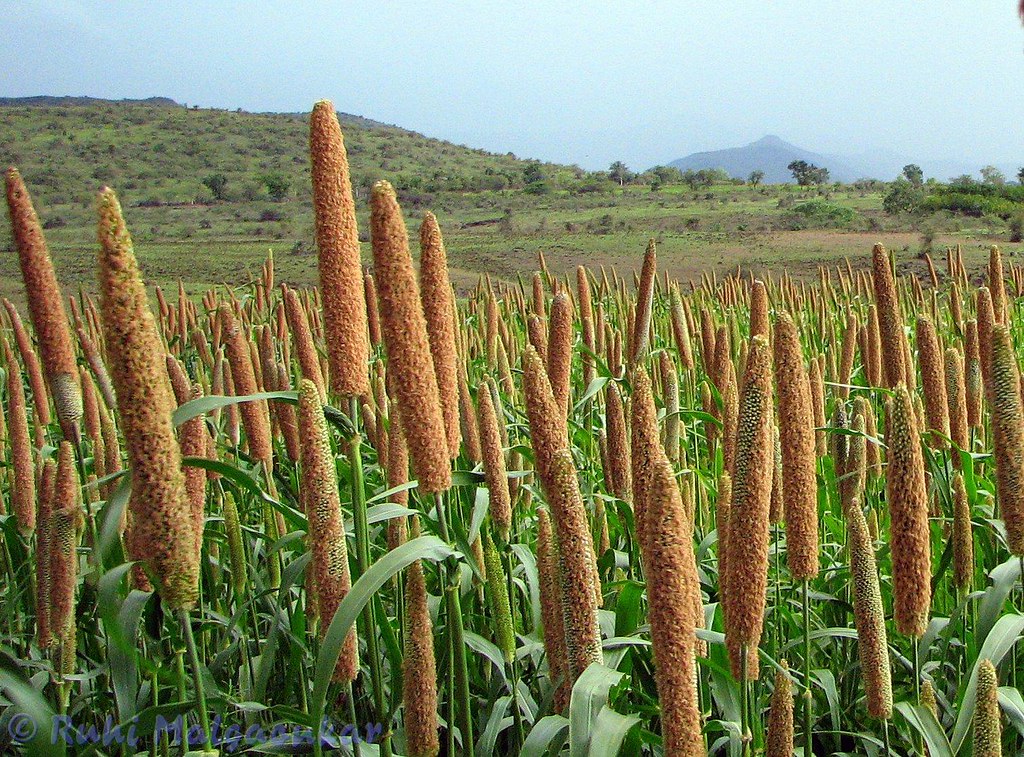
Kingdom: Plantae
Order: Poales
Family: Poaceae
Subfamily: Panicoideae
Genus: Cenchrus
Species: C. americanus
ABOUT BAJRA
Bajra is a major crop in India and is widely grown in several states, including Rajasthan, Gujarat, Maharashtra, Uttar Pradesh, and Haryana. It is a drought-resistant crop and is well-suited to the arid and semi-arid regions of the country.vv
n India, bajra is an important staple food, particularly in rural areas, where it is consumed in various forms. Bajra roti, a flatbread made from bajra flour, is a popular dish in several regions of the country, especially in Rajasthan and Gujarat. Bajra is also used to make khichdi, a traditional Indian dish made with rice and lentils. Apart from its use as a food crop, bajra is also used as animal feed in India, particularly for cattle and poultry. It is an important source of nutrition for these animals, especially during periods of drought or scarcity of other feed sources.
Bajra cultivation in India has been steadily increasing in recent years, and the government has introduced various initiatives to promote its cultivation, such as subsidies for farmers and research and development programs to improve crop yield and quality.Overall, bajra is an important crop in India, both as a source of nutrition for people and as a feed source for animals. Its importance is likely to continue in the future, particularly as the country faces the challenges of climate change and food security.
